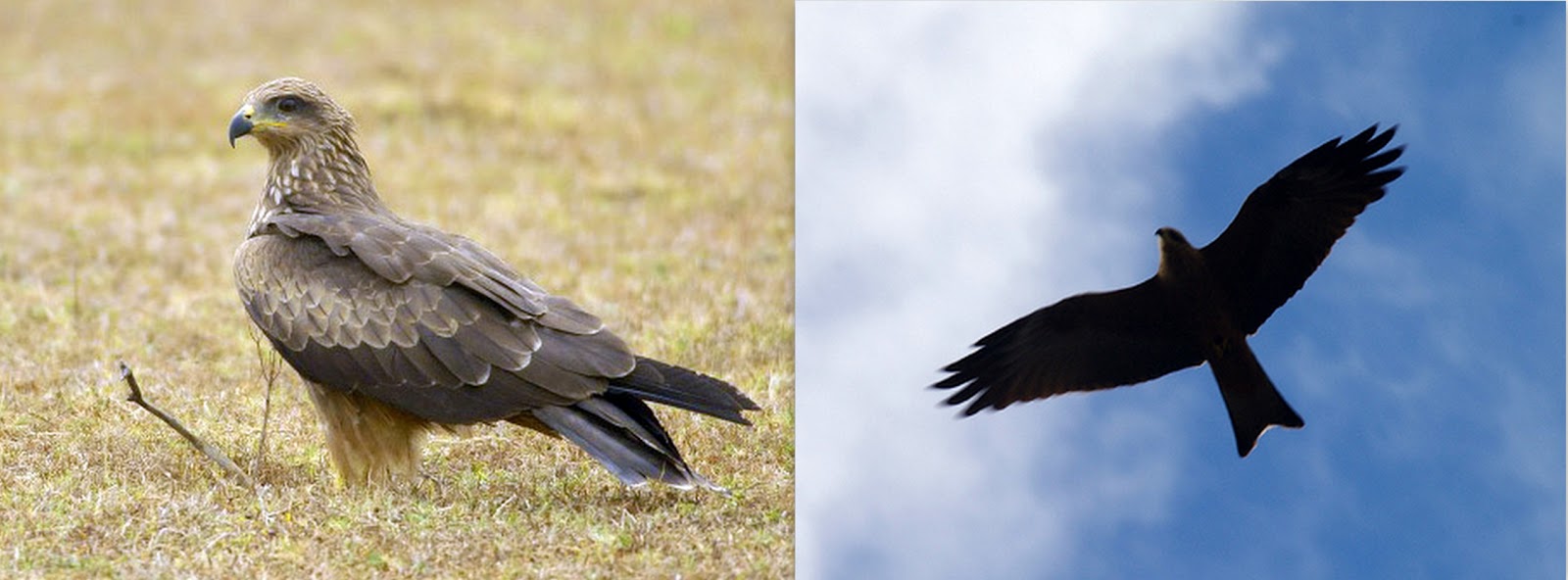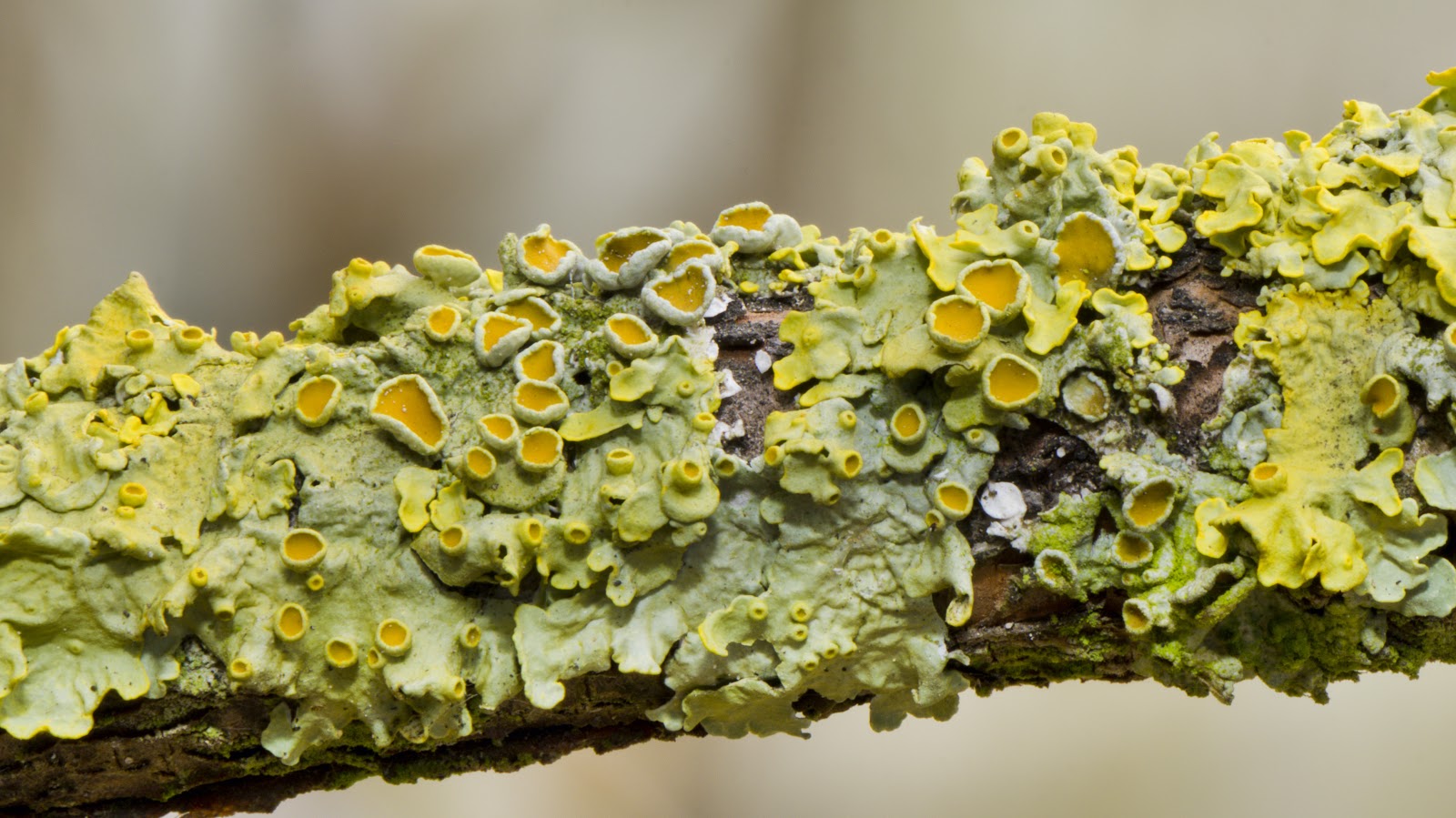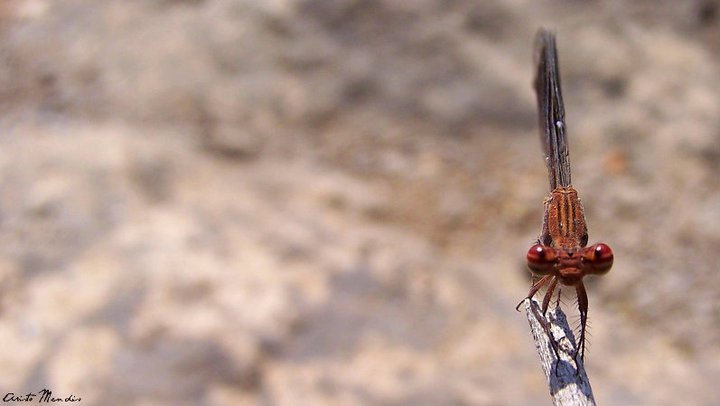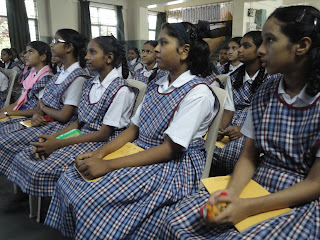Wild Cats of India

I’m sure many of us aren't aware of the splendid diversity of wild cats we have in our country, apart from the elusive tigers and charismatic leopards of the feline family. So l et’s take a tour of these felines in today’s blog post. Wild felines such as the Asiatic Desert Cat, Pallas's Cat, Jungle Cat, Fishing Cat, Rusty-Spotted Cat, Leopard Cat, Marbled Cat and the Asian Golden Cat are all found in our country. Many of these cats have not been studied in detail and there are some aspects about these cats that still remain unknown. Some of them have been given the status 'vulnerable', i.e., the wild population of these animals are reducing from their habitat. Also, these cats are spread out in different parts of the country. Most of these cats are rarely seen out in the open. We can also say that its easier to spot a leopard or a tiger than many of these mysterious cats! Moving ahead, apart from the Indian Leopard that we are well-acquainted with, ...






_in_nest_in_Kolkata_I_IMG_2869.jpg)


